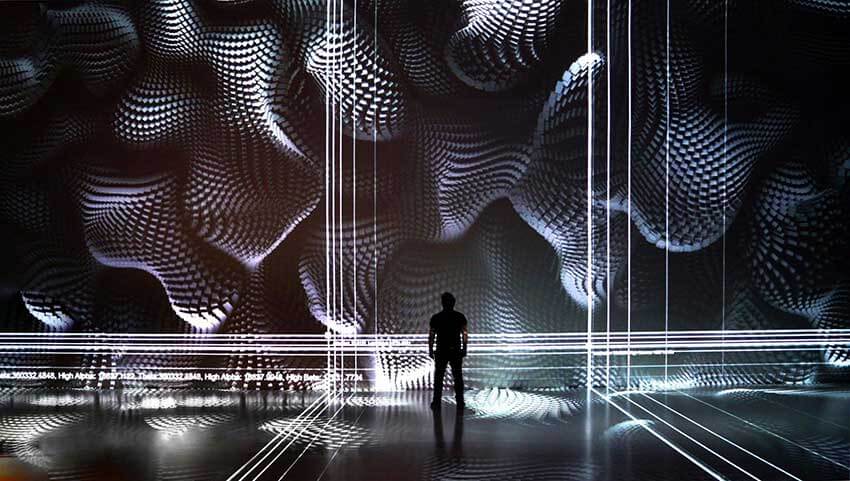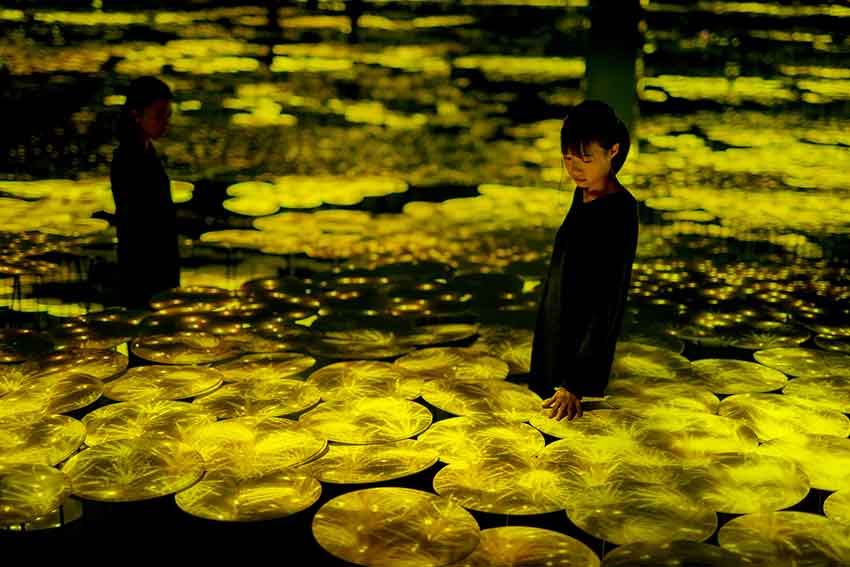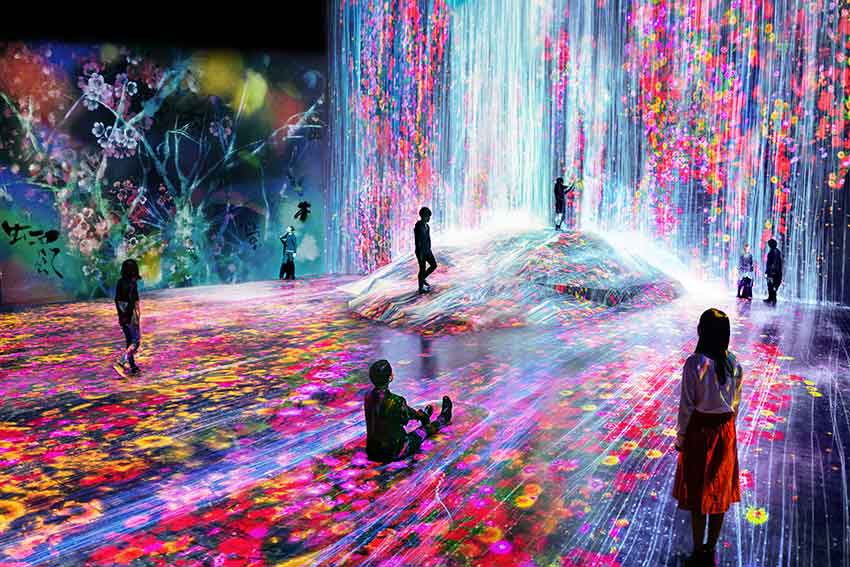Text by CLOT Magazine

The 26th edition of Sónar, Barcelona’s Festival of Music, is back in July. From 17 to 20 July, some of the best creatives, thinkers, technologists and musicians shaping the culture and music scene are taking the city. As people at Sónar state, Sónar combines the global stars of dance music and urban beats with artistic exploration on the geographical and sonic fringes of electronica, and we could not agree more.
These fringes are artistic discourses with radical viewpoints on geographical, political, sound, and gender issues. Artists like American-Armenian musicians K Á R Y Y Y N and Arca stick to this discourse. While Arca, the pseudonym of shapeshifting Venezuelan artist, singer, DJ, performer, and experimental music composer Alejandra Ghersi, will debut a new performance conceived exclusively for Sónar and inspired by cabaret and speculative fiction. K Á R Y Y N will perform from her repertoire that unites ancestral Armenian spirits with digital glitches.
The festival presents shows that explore the relationship between music and the brain, the dialogue between light and sound and Artificial Intelligence. Holly Herndon’s PROTO, Daito Manabe+Kamitani Lab: dissonant imaginary, Caterina Barbieri AV Show or Actress+Young Paint Live AI/AV align with this discourse and connect Sónar’s programming with that of Sónar+D, the 7th Congress of Creative Technologies. Technologist Daito Manabe and neuroscientist Yukiyasu Kamitani are premiering a pioneering audiovisual show that experiments with the live visualisation of the brain states of the artist while he performs his music; Holly Herndon’s new show unites a chorus of human voices with the non-human ‘Spawn’, a sophisticated AI machine for a real-time sound generation; and Caterina Barbieri will introduce her sonic universe from her experiments with modular synthesisers.
Sónar+D 2019 runs in parallel with Sónar by Day at Montjuïc in Barcelona, and this new edition is expanding its offer of conferences, workshops and masterclasses presenting a total of 150 activities with more than 200 experts on the topics of Artificial Intelligence applied to arts, immersive experiences and technology applied to content creation. On 17 the Opening Conference Connecting Music and Technology will be led by Robert del Naja, the visible face and ideologist of Massive Attack, in conversation with Andrew Melchior, Chief Technical Officer of the band. Del Naja has been connecting music and technology for some years, like, i.e. encoding their landmark album Mezzanine in strands of synthetic DNA and packaged in a spray can.
The Immersive Hub is the space for new realities. This year the programme includes Laurie Anderson’s latest VR work developed together with the artist Hsin- Chien Huang To the Moon, a VR experience that leads us to lunar exploration and spiritual meditation on the time in which we live. And Traverse, an AR audio platform that allows listeners to move through the sound created by Jessica Brillhart.


This year Sónar+D 2019 is focused on learning. The programme has been divided into five themes: Quantum Computing, Artificial Intelligence, Music and Sound Tech., Experience Design, and The Next Internet. Names like curator and co-producer of Gamma Festival Natalia Fuchs, Internet freedom activist and researcher Xenia Ermoshina of the CNRS, musician Richard Devine, journalist and writer Marta Peirano, artist and quantum physicist Libby Heaney, and the ideologist “solarpunk” Jay Springett, among many others, are participating in the panels Creativity in the age of quantum computing, Tales of the Next Internet, and Music beyond the gig. They will shed light on the reconfiguration of human-machine relations.
In our current information age, we see and feel computers as an extension of the self. Artificial Intelligence is embedded in many aspects of our everyday activities. Our personality lives in servers. We were told that groundbreaking technologies like AI and ML would make our lives easier and that we would take advantage of these innovations. However, companies sell and buy our data to manipulate our consumer habits, and our life is controlled by algorithms.
Solarpunk is the latest mutation of the CyberPunk and SteamPunk lineage in this technology-dominated age. This non-dystopic genre imagines a difficult but constructive future where humans learn to live alongside nature in a symbiotic way by leveraging green technologies. Even if it’s still in its infancy, just a bunch of books have been released, it has a growing fan base, and the genre is the subject of much debate on internet forums and Tumblr blogs. Solar Punk threads the eco-green with social justice, LGTBQ+ fluidity and racial diversity, presenting an optimistic image of the future compared to many episodes of the real present.
Artist and quantum physicist Libby Heaney suggests ‘quantum technologies, like quantum computing, move beyond our current proof of principle/error prone stage and infiltrate into various daily applications, such as a future quantum internet or quantum simulators, then perhaps the western world view might start to shift from computational to quantum. What might this quantum worldview look like?’ Time will tell, but in the meantime, at Sónar+D, we will find answers to the ethical, social, economic and artistic implications of using these (invisible) technologies.






